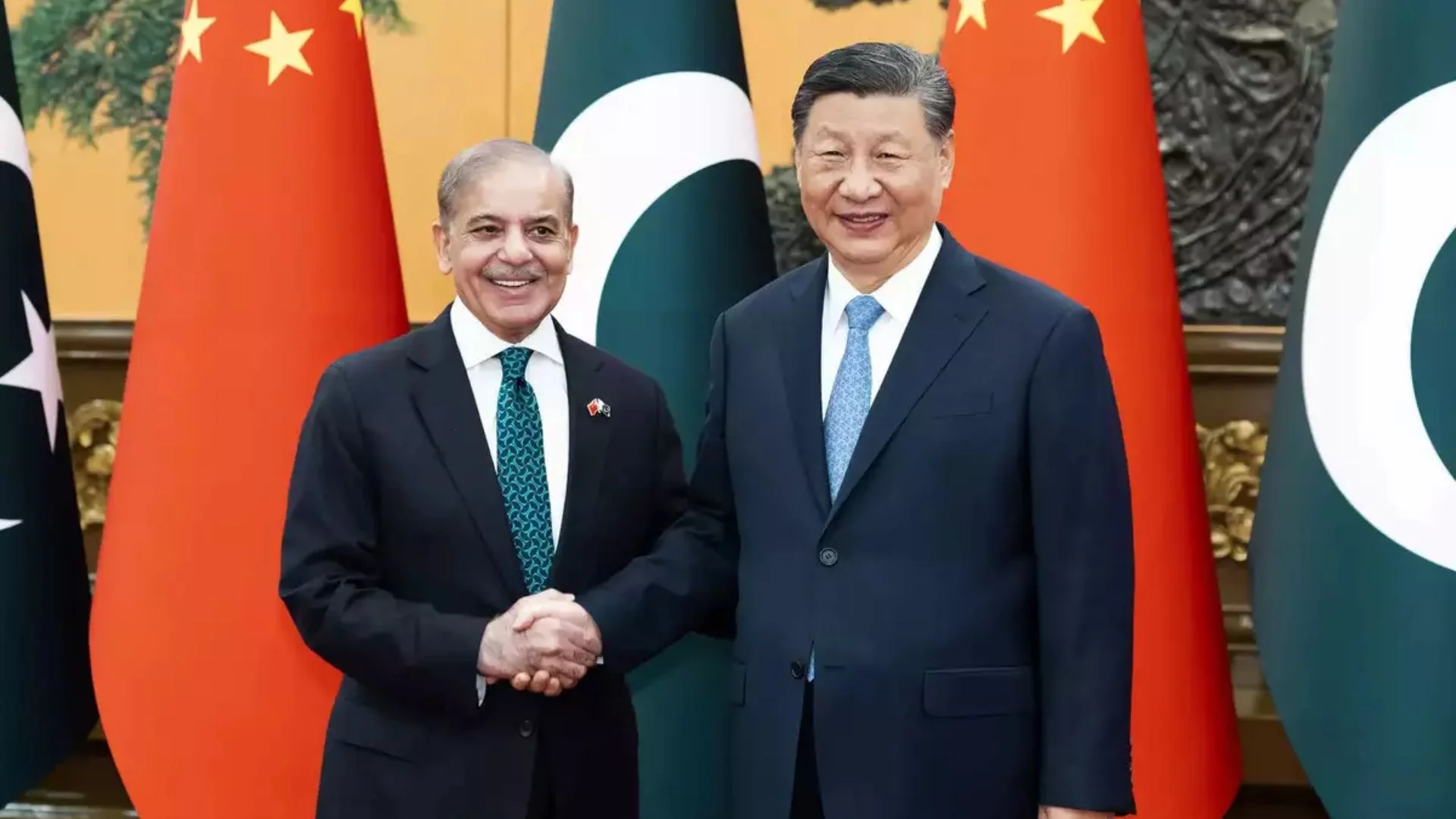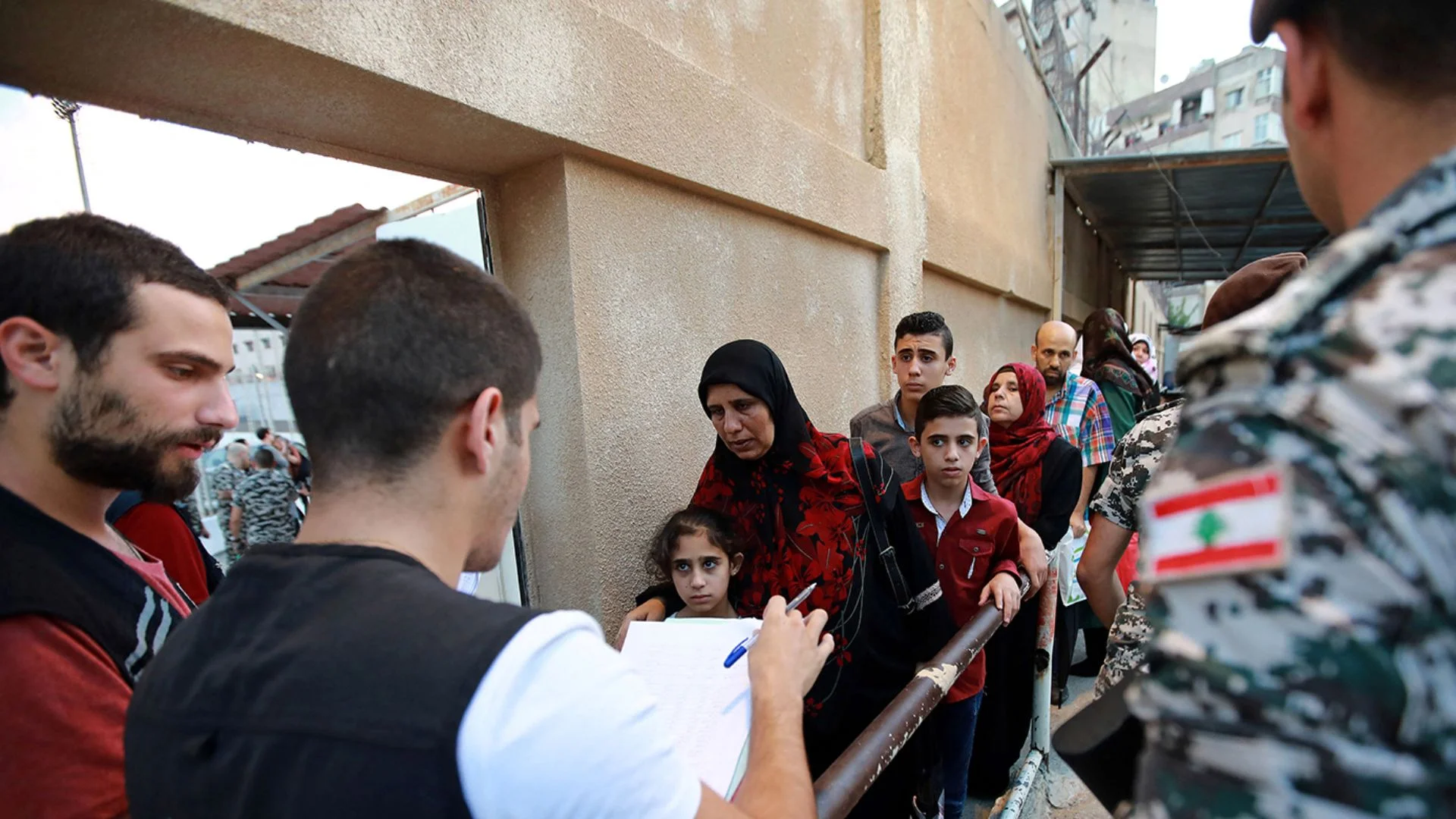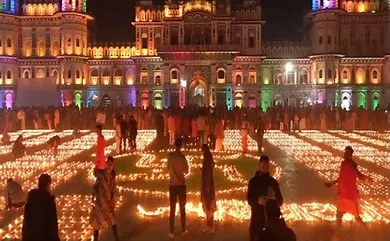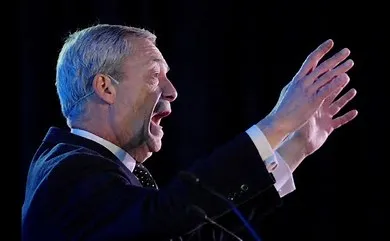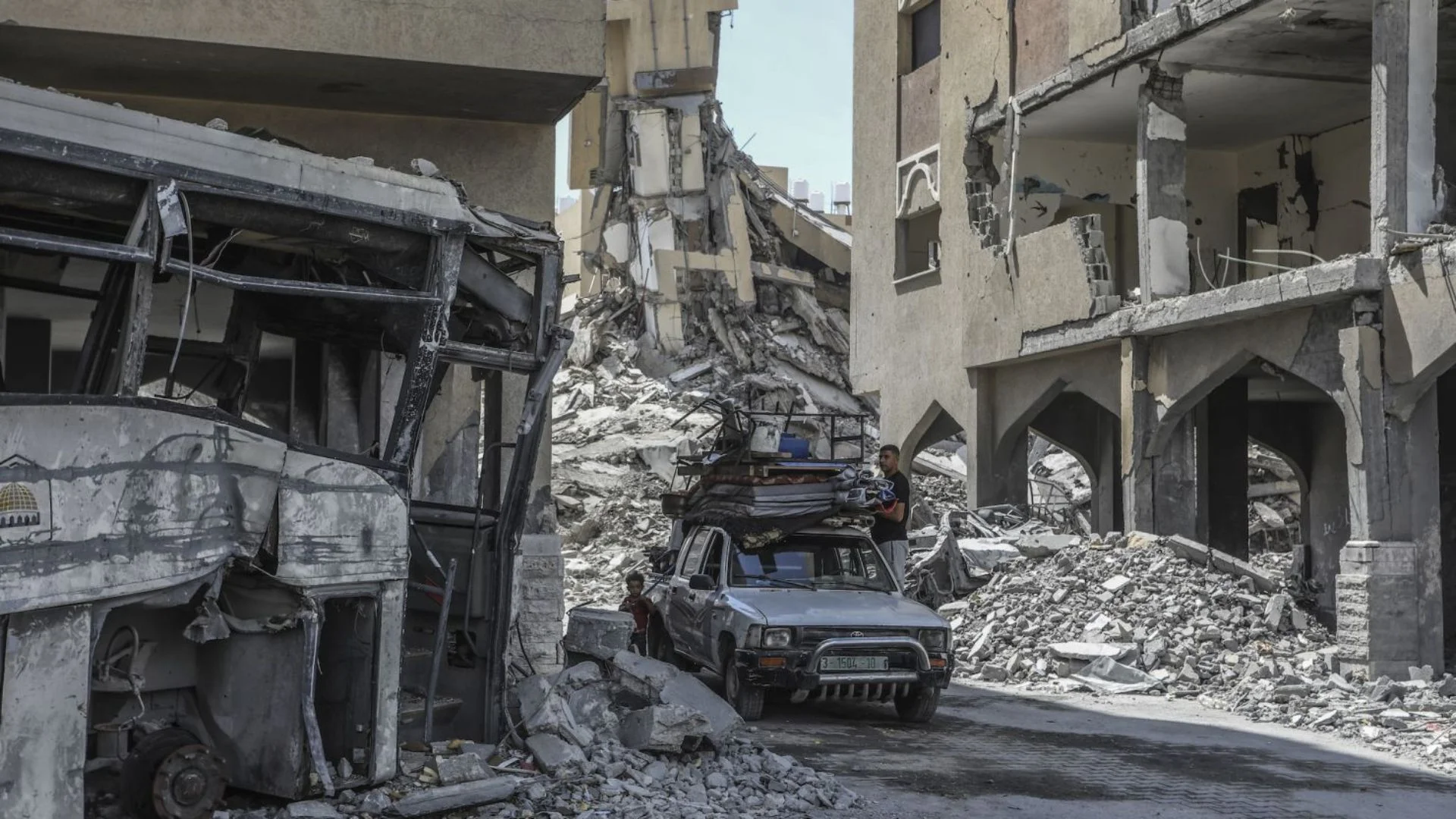Rama, revered as an incarnation of Vishnu, holds a significant place in Hinduism as a deity. According to the ancient Indian epic, the Ramayana, Rama’s birthplace is believed to be Ayodhya, instilling spiritual significance among the people of India towards this city. However, in the 16th century, Ayodhya’s grand temple faced destruction during Babur’s series of temple raids across northern India.
The journey towards reconstructing the monumental Ram temple in Ayodhya has been fraught with challenges since that unfortunate event. The construction process faced numerous obstacles, with a decades-long legal battle contributing to the delays. Ultimately, in November 2019, the Supreme Court provided the clearance for the construction of the Ram temple, marking a pivotal moment in the long-standing quest.
It is noteworthy that the issue of building the Ram temple in Ayodhya had been a prominent agenda for the Rashtriya Swayamsevak Sangh (RSS) and the Bharatiya Janata Party (BJP) since the 1980s. Organizations such as the Vishwa Hindu Parishad, the Bajrang Dal, and other affiliated groups joined forces, leveraging their organizational strength to propel the Ram Janmabhoomi movement into a potent socio-political campaign.
The following discussion will delve into the roles played by ten influential figures who pushed ahead and led the Ayodhya Ram Janmabhoomi movement.
LAL KRISHNA ADVANI
Lal Krishna Advani, a veteran of the Bharatiya Janata Party (BJP), became the prominent face of Hindutva through his involvement in the Ayodhya Ram Janmabhoomi campaign. In 1990, he orchestrated a nationwide roadshow from the Somnath temple in Gujarat to the Ram Janmabhoomi Sthal in Ayodhya, using a transformed Toyota bus as a chariot to garner widespread support for the construction of a Ram temple. However, his journey faced a hindrance when then Bihar Chief Minister Lalu Prasad Yadav ordered his arrest in the Samastipur district before reaching Ayodhya. Advani was also present near the Babri Masjid site in 1992 when it was demolished by karsevaks, leading to an ongoing criminal trial.
PRAMOD MAHAJAN
Pramod Mahajan, known for his strategic acumen within the BJP, played a crucial role as a planner. In 1990, as the BJP general secretary, he suggested a shift from Advani’s original plan of a padyatra from Somnath to Ayodhya, proposing a rathyatra instead. Mahajan recommended launching the yatra on significant dates such as September 25, the birth anniversary of BJP ideologue Deen Dayal Upadhyay, and October 2, Mahatma Gandhi Jayanti. Advani chose September 25 for the 10,000 km long yatra, which was meticulously planned and executed by Mahajan with the assistance of the emerging organizational leader, Narendra Modi.
ASHOK SINGHAL
Ashok Singhal, a tireless leader of the Vishwa Hindu Parishad (VHP), dedicated his efforts to building public support for the Ram Janmabhoomi campaign. Widely regarded as the chief architect of the Ram Mandir movement, Singhal served as the VHP chief until 2011, retiring due to health reasons, and passed away in November 2015.
MURLI MANOHAR JOSHI
Murli Manohar Joshi, often referred to as the “professor” of the BJP during the 1980s and 1990s, was present with Advani during the demolition of the Babri Masjid in 1992. He, too, is currently facing trial in the case. A notable photograph captured Joshi hugging Uma Bharti after the Babri Masjid’s fall, attracting national attention.
UMA BHARTI
Uma Bharti, a prominent figure in the BJP and a minister in the first term of the Narendra Modi government, emerged as the most influential woman leader of the Ram Mandir movement. The Liberahan Commission indicted her for inciting the crowd during the Babri Masjid demolition. Despite attempts by BJP leaders to claim the Ram Mandir Bhoomi Pujan as an exclusive event of the party, Bharti emphasized that Lord Ram belongs to all, transcending party boundaries.
SADHVI RITAMBHARA
In the pre-Babri Masjid phase of the Ram Mandir movement, Sadhvi Ritambhara stood out as a passionate Hindutva leader, second only to Uma Bharti in terms of recognition as a woman face of the Ayodhya Ram Janmabhoomi campaign. Audio cassettes of her fiery speeches gained widespread circulation.
KALYAN SINGH
As the then Chief Minister of Uttar Pradesh, Kalyan Singh played a pivotal role as the regional leader of the Ayodhya campaign. He was in office on December 6, 1992, when the Babri Masjid was demolished. Singh defended the UP government’s decision not to use force against the karsevaks heading towards the medieval structure. Despite later falling out of favor with the top BJP leadership and briefly rebelling to form his own outfit, he returned to the BJP fold and was rewarded with a governorship.
VINAY KATIYAR
Vinay Katiyar, an assertive leader of the Bajrang Dal, saw his political stature rise significantly after 1992. The Bajrang Dal, formed in 1984 to boost the Ram Mandir campaign, had Katiyar as its first president. He later became the general secretary of the BJP and served as a member in both the Rajya Sabha and the Lok Sabha, representing Faizabad, now Ayodhya, three times.
PRAVEEN TOGADIA
Praveen Togadia, known for his forceful speeches, emerged as another dynamic leader during the Ram Mandir campaign. He built his Hindutva image through aggressive rhetoric and assumed leadership of the VHP after Ashok Singhal. With the decline of Advani’s influence in the BJP, Togadia found himself on the sidelines of the Sangh Parivar.
VISHNU HARI DALMIYA
Vishnu Hari Dalmiya, an industrialist deeply involved in Hindutva politics, played a crucial role in advocating for the construction of the Ram Mandir in Ayodhya. Serving in various positions within the VHP, Dalmiya was one of the co-accused in the Babri Masjid demolition case. He passed away in January 2019 at the age of 91.
These personalities collectively shaped the narrative and trajectory of the Ayodhya dispute, leaving an indelible mark on Indian history and politics.








